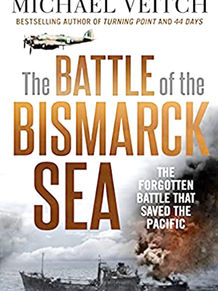Why be a Member of PNGAA ?
Join a vibrant community that champions the connection between Australia and Papua New Guinea—honouring shared history, celebrating culture, and sparking meaningful friendships -- all while honouring a unique legacy.
-
Celebrate and Preserve a Unique Shared History
-
Support Cultural Understanding and Friendship
-
Access Unique Publications and Events
-
Contribute to Education and Awareness
-
Connect with a Like-Minded Community
-
Help Shape the Future of the Association

1. Celebrate and Preserve a Unique Shared History
Joining the PNGAA means becoming part of a community that values the deep historical, cultural, and personal ties between Papua New Guinea and Australia. Whether you or your family lived, worked, or served in PNG—or simply have an interest in its vibrant culture—your membership helps preserve this shared legacy for future generations.
2. Support Cultural Understanding and Friendship
Your membership helps foster ongoing friendship and mutual understanding between Australians and Papua New Guineans. In an increasingly globalised world, these people-to-people connections matter more than ever.
3. Access Unique Publications and Events
As a member, you’ll receive our quarterly journal packed with stories, photographs, and articles not found anywhere else. You’ll also be invited to social and commemorative events, guest speaker functions, and cultural celebrations that keep PNG’s history and spirit alive in Australia.
4. Contribute to Education and Awareness
Membership supports the PNGAA’s educational initiatives, scholarships, and advocacy work—ensuring that PNG’s role in Australia’s story is not forgotten, and that its future is better understood.
Two types of Membership:
a. Sign-up to receive PNGAA emails & notifications. Free. No access to subscriber membership photo galleries, the PNG Kundu Journal, historical documents, etc
b. Subscribing Membership:
-
Quarterly PNG Kundu Journal.
-
Access to the Photo Galleries
-
Access to all archived Journals
-
All historical documents
-
Member only documents
-
Official business documents
-
Invitation to Events
-
Subscriptions costs as little as $36.95 per year
5. Connect with a Like-Minded Community
Whether you’re a former resident of PNG, a descendant, a researcher, or simply someone who appreciates the connection, PNGAA offers a welcoming network of people who share your interest and enthusiasm.
6. Help Shape the Future of the Association
As a member, you’ll have a say in how the association develops. You can contribute your ideas, stories, and time—or simply lend your support by being counted among those who care.
Your membership helps keep the PNG-Australia connection alive.
Together, we can honour the past, engage the present, and inspire the future.
Journals- PNG Kundu
The PNG Kundu journal is
-
published quarterly and
-
available exclusively to PNGAA subscribing members in both digital and printed formats.
-
This Membership gives you full access to the latest issue as well as the entire archive of past editions—rich with stories, photographs, and historical insights that celebrate the enduring connection between Papua New Guinea and Australia.
You Must be a Subscribing Member to access the Journals
Click here to become a subscribing member and start exploring this unique collection.
You're already a subscribing Member? Click here to go to the journals
If you have photographs, memories, or stories to share, we’d love to hear from you (photos sized from 300kb -1Mb) Please email editor@pngaa.net































